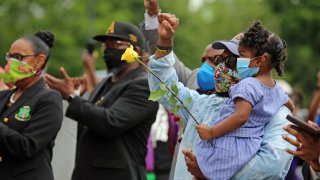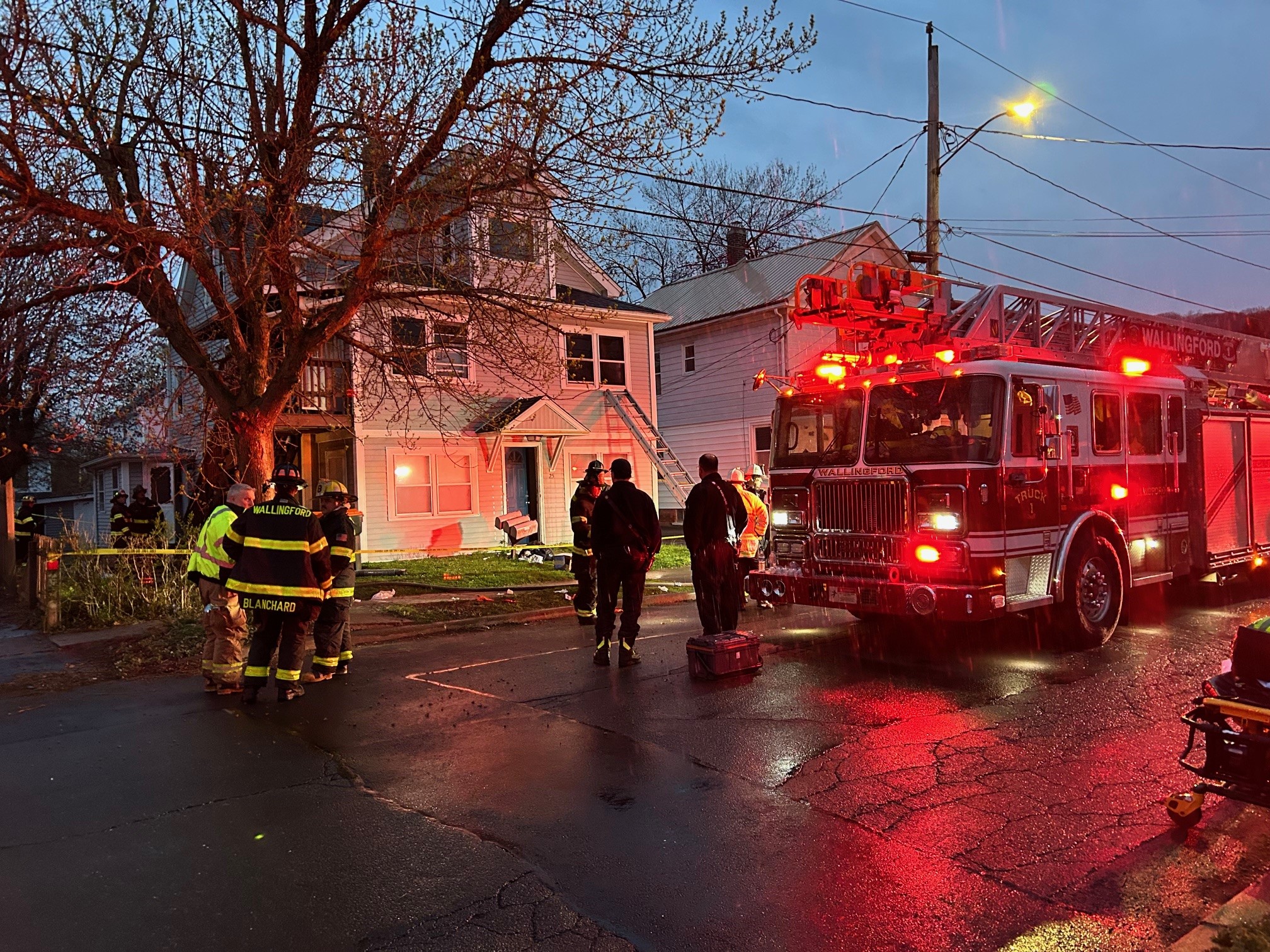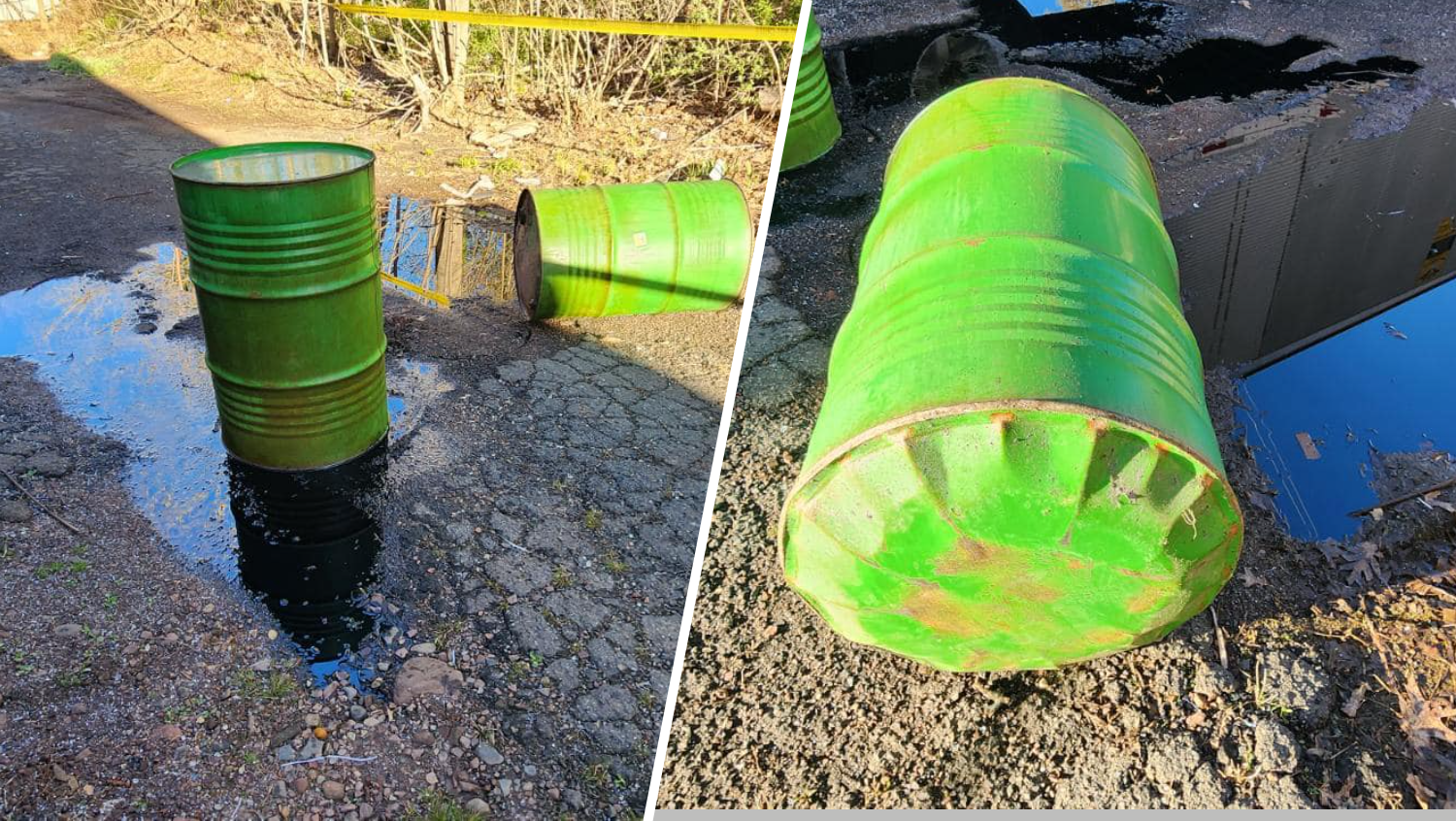
The struggle for racial justice in America is playing out in real-time on the streets and on television, leaving many parents wondering how to talk to their children about racism and privilege.
“I’ve already started the conversation with my 3-year-old,” Rep. Brandon McGee, Jr., said. “She may not understand right now, but I just think it’s absolutely important that she understands that her skin, her skin color is important and that race does matter, but you are to love everyone.”
McGee is chairman of the Black and Puerto Rican Caucus and his daughter is at the age where she is starting to differentiate between skin color, according to experts at Hartford Healthcare.
“They can see racial differences as young as three to six months old. Preschoolers have what we call transductive reasoning so they can attach a category based on one category but not multiple categories and race is one of those categories,” Dr. Laura Saunders said.
By age 4, children can start to recognize basic racial stereotypes and they experience the same range of emotions adults do when faced with discrimination.
“The belief is that racial bias is learned at home, but what we really know from research is that it’s actually picked up by society and culture at large,” Saunders said. “That in-group bias you develop a preference or favoritism of people from your own group.”
Within a few years, a child will start to understand how racism impacts them directly.
Local
“When we don’t have these conversations with our kids it allows society to step in and take that role,” said Rep. JP Sredzinski, a Republican who represents Newtown and Monroe.
Sredzinski is having conversations about race with his 8-year-old son Caio, who has autism. Sredzinski has helped him understand racism through that lens because Caio, who is biracial, knows he’s treated differently because of his autism.
“Most children have a natural tendency to not want to hurt others. They’re taught from a very young age don’t hurt people,” Sdrezinski says.
There’s also an acknowledgment that these conversations may be happening at different times for families based on their race.
“Even the way I get to have these conversations is privilege in and of itself,” said Rep. Jillian Gilchrest, a West Hartford Democrat.
Gilchrest, who has brought her 11-year-old son to protests, said part of the conversation with her child includes making sure he knows there was a time when black children like the ones he’s friends with would not be able to attend the same school.
Dr. Saunders says it's important to ask a child about what they are thinking and feeling and encourages parents to keep having tough conversations.
“Conversations about this with your children should be creative and they should be based on what children’s questions are. Ask questions of your kids. Find out what their biases are, what stereotypes they’ve developed that you may not as a parent have offered to them,” Saunders said.
If parents are struggling to strike up the conversation there are a lot of good books on the subject.
For a list of reading resources, check out the Black Lives Matter Instructional Library.



